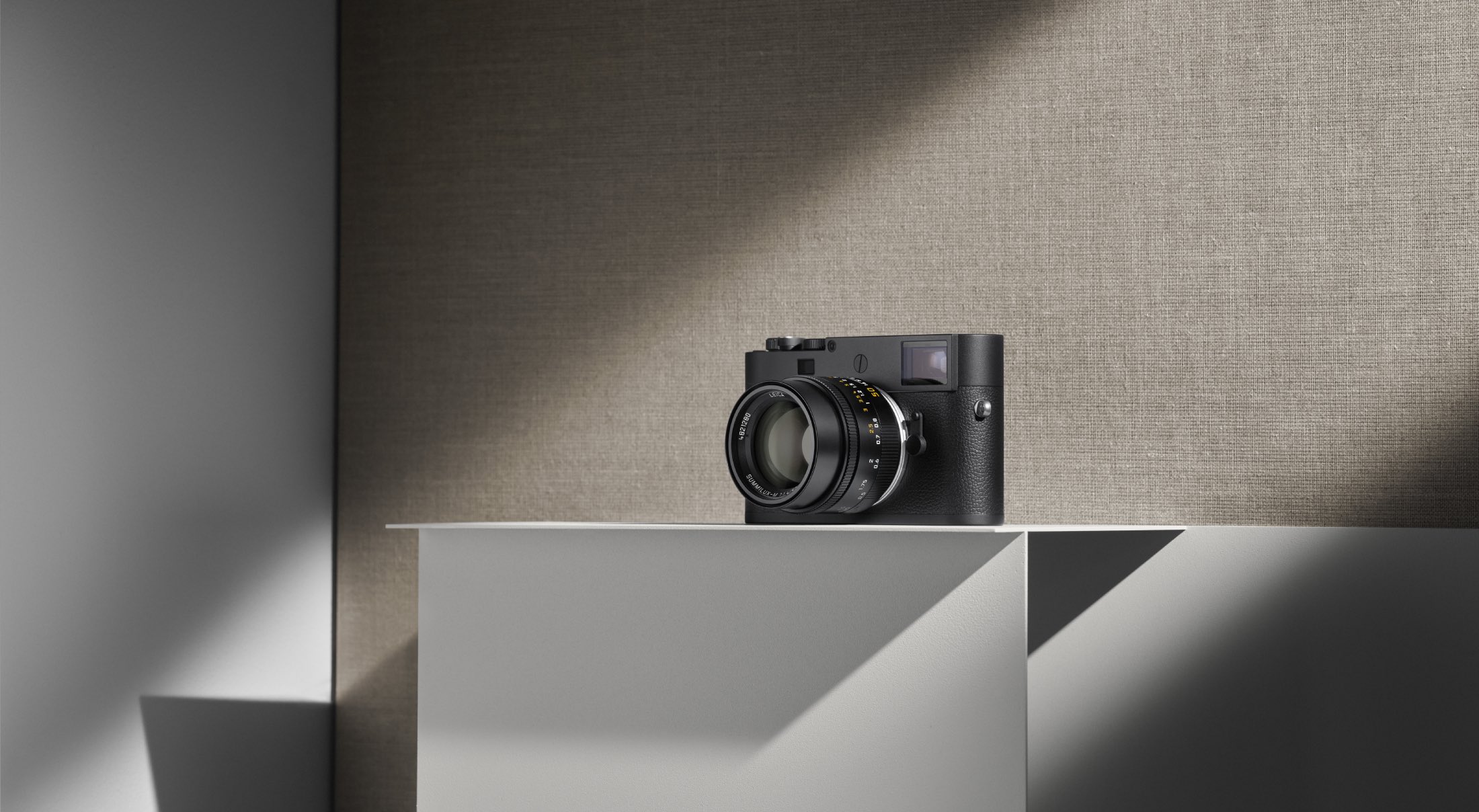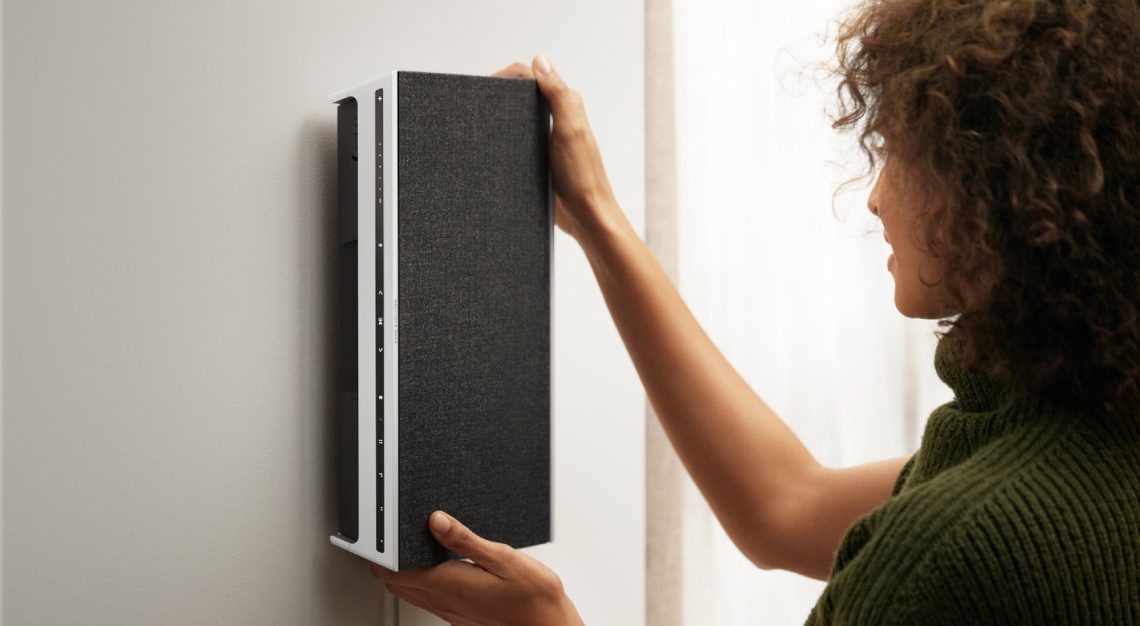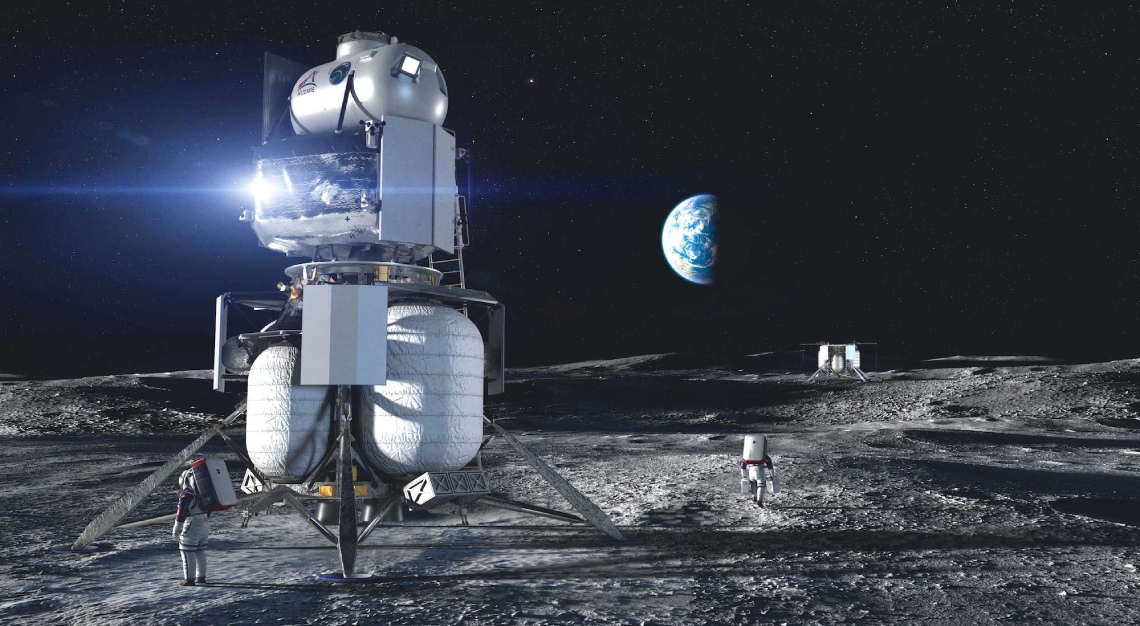The Leica M11-D blends the tactile experience of film with the modern conveniences of digital photography
Leica has always gone against the grain. Whether it’s popularising 35mm film when larger formats ruled in the early 20th century, or remaining steadfast to manual rangefinders, the German manufacturer is like that effortlessly cool kid in class who prides themselves on being different. Unlike the all-too-familiar hipster, however, Leica’s approach never comes across as superfluous posturing, even when producing something as unconventional as a digital camera without a rear screen.
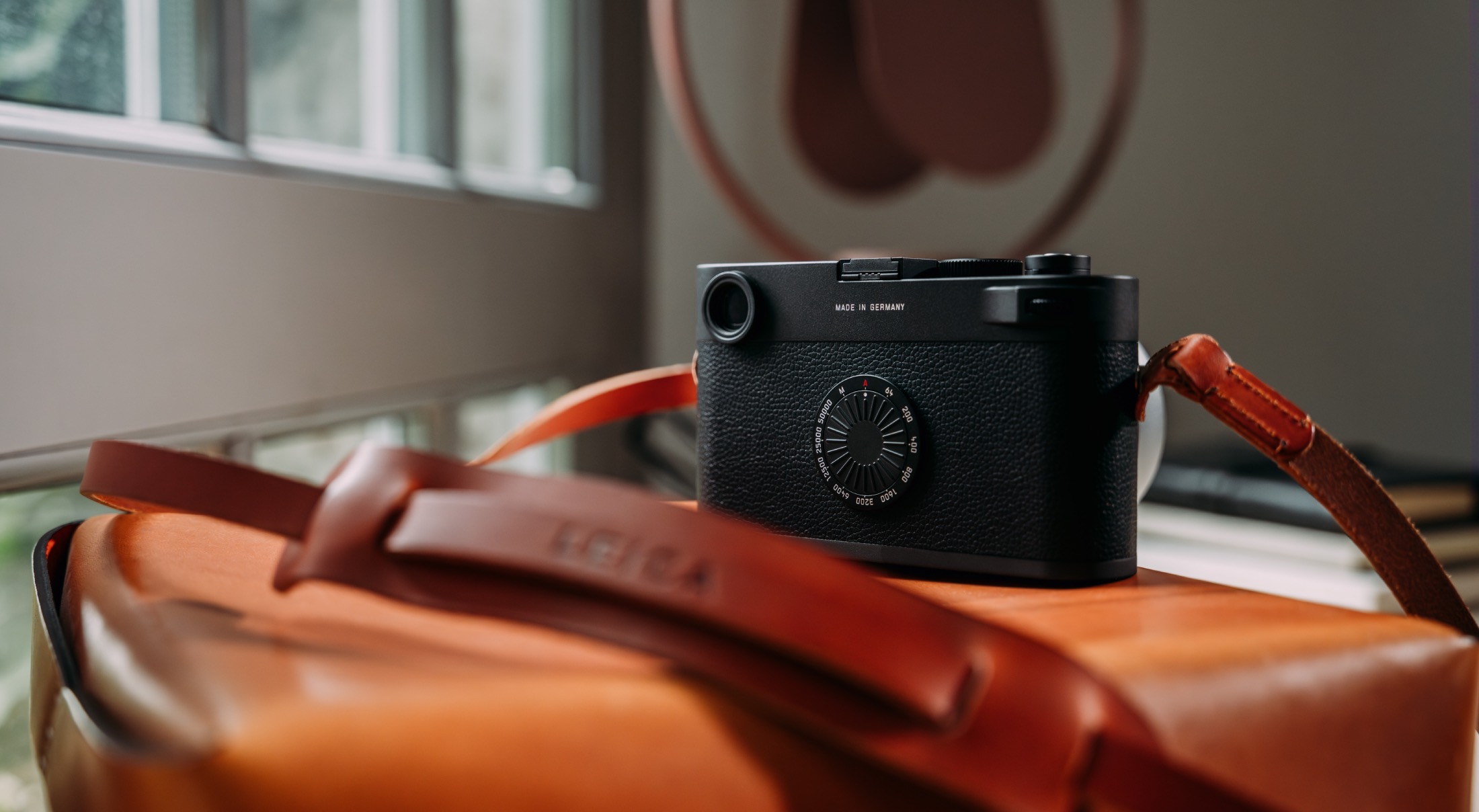
Adding to their line of unorthodox quasi-film, digital cameras, Leica introduces the M11-D. Just like its predecessors (the M-D from 2016 and M10-D from 2018), the M11-D forgoes the rear screen, encouraging photographers to rely on their instincts and skill rather than the immediacy of digital feedback when composing their shots.
The result is a film-like shooting experience that gives you full control (there’s no autofocus here), rewarding the experienced photographer who wants to slow down and be deliberate with every frame, while benefiting from the flexibility and modern conveniences of digital photography. And without a rear screen for instant playback, photographers can focus on composing the next shot rather than spending time reviewing every image.
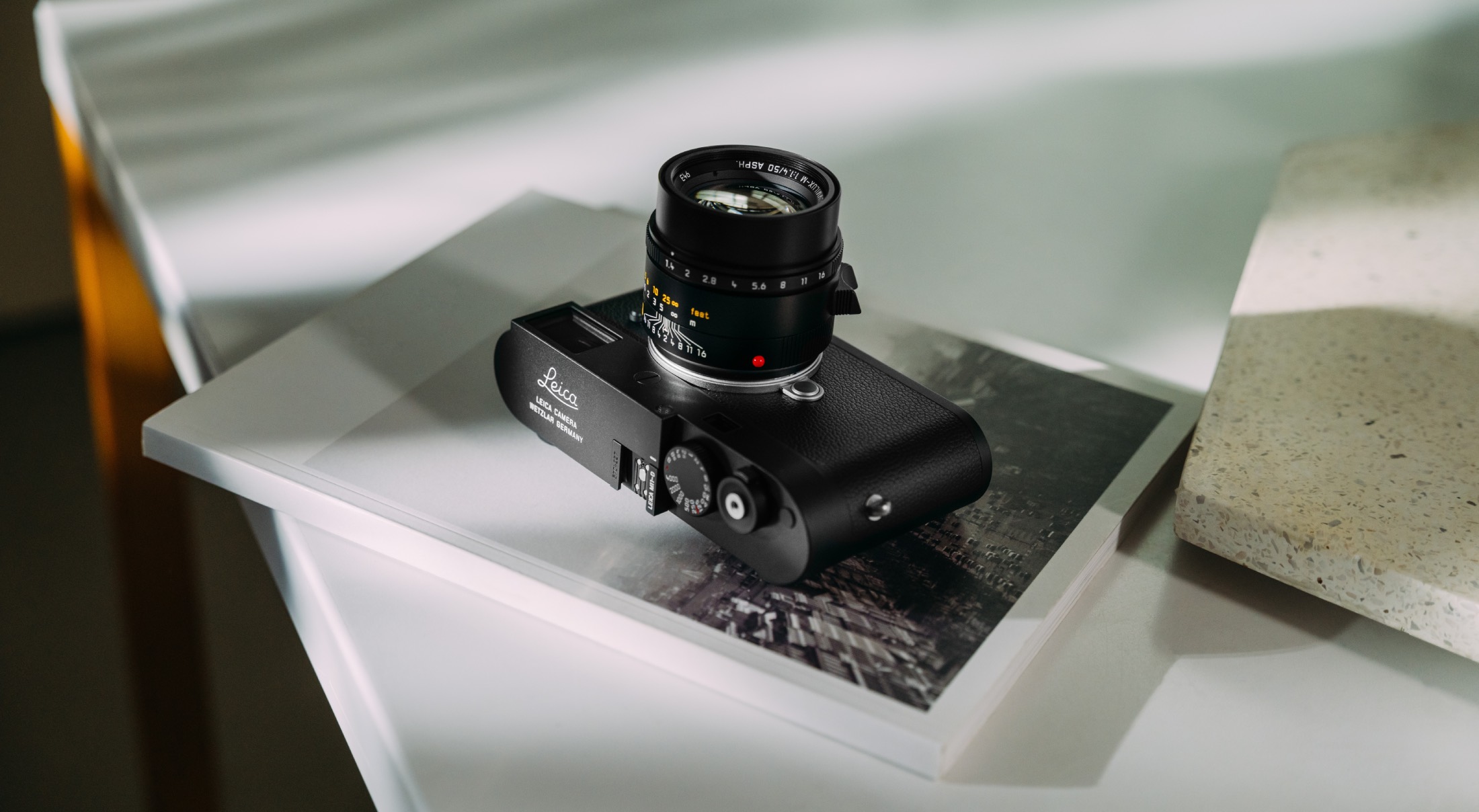
Of course, although the Leica M11-D is dressed in a retro, minimalist exterior (complete with a mechanical ISO dial on the back), it is equipped with cutting-edge technology. Beneath its analogue-inspired design is the same 60 megapixels BSI CMOS full-frame sensor found on the standard M11 that delivers impeccable image quality and dynamic range. Additionally, the camera’s expansive ISO range from 64 to 50,000 promises versatility in both low-light and high-light conditions.
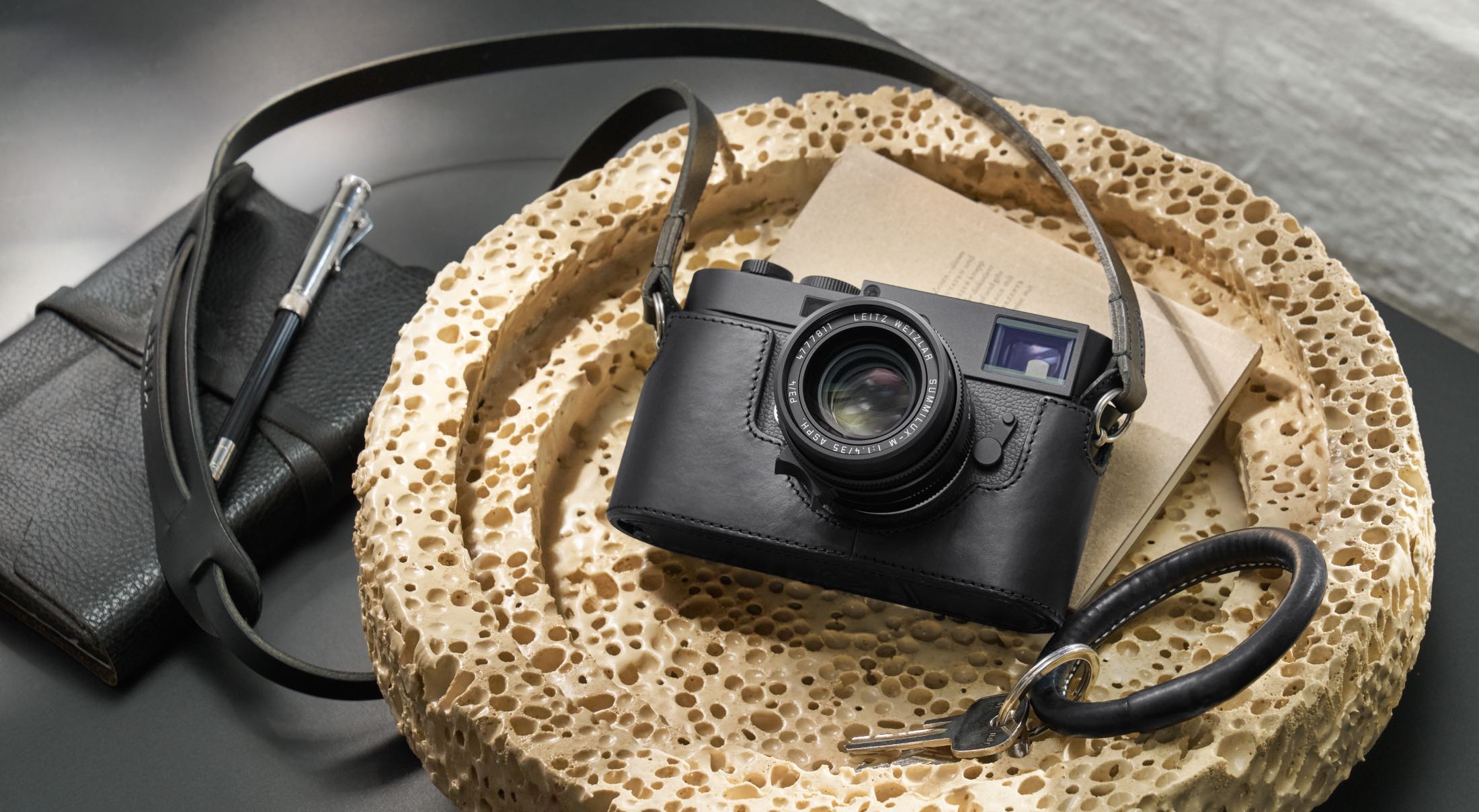
At 540 grams, the M11-D seems a reasonable addition to one’s everyday carry, especially after taking into account its internal 256gb storage that lets you capture a good amount of images even if you forget to insert an SD card.
With its price of S$14,350, coupled with its unique blend of film and digital photography, the Leica M11-D isn’t really for the neophyte seeking their first camera. Hipsters, and seasoned photographers seeking a break from modern ‘cure-all’ cameras, however, this one’s for you.
